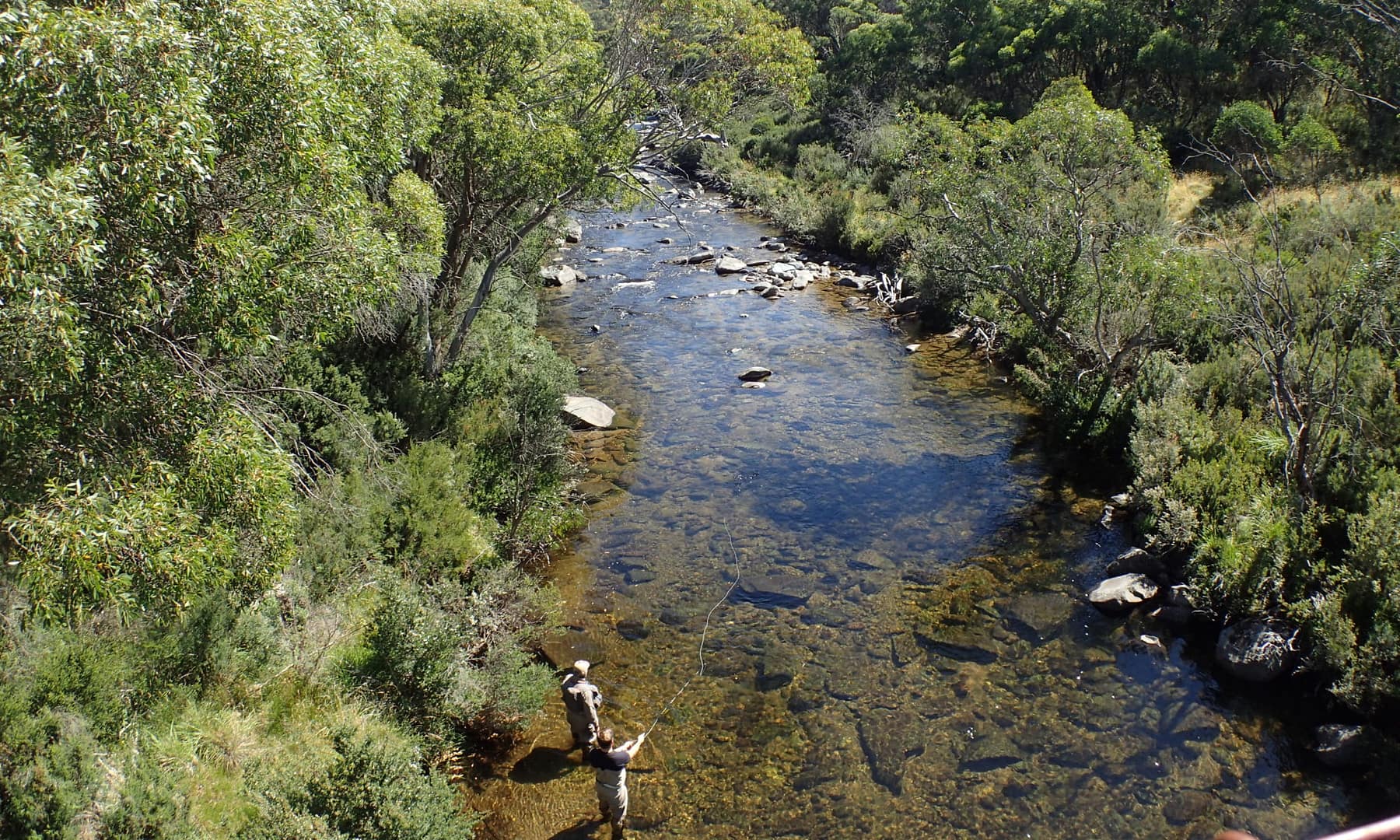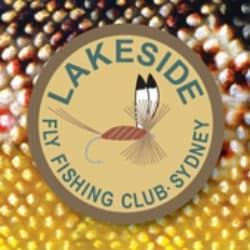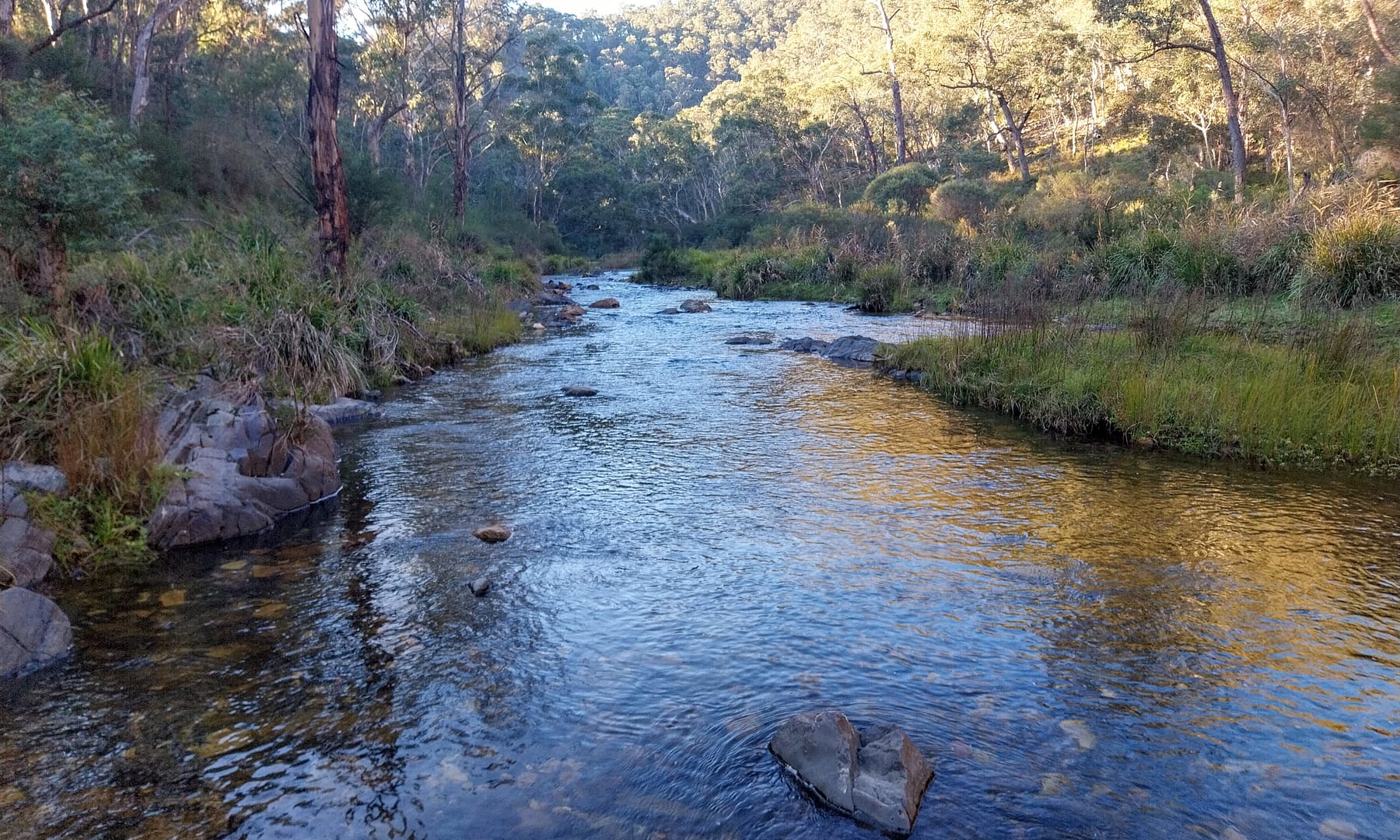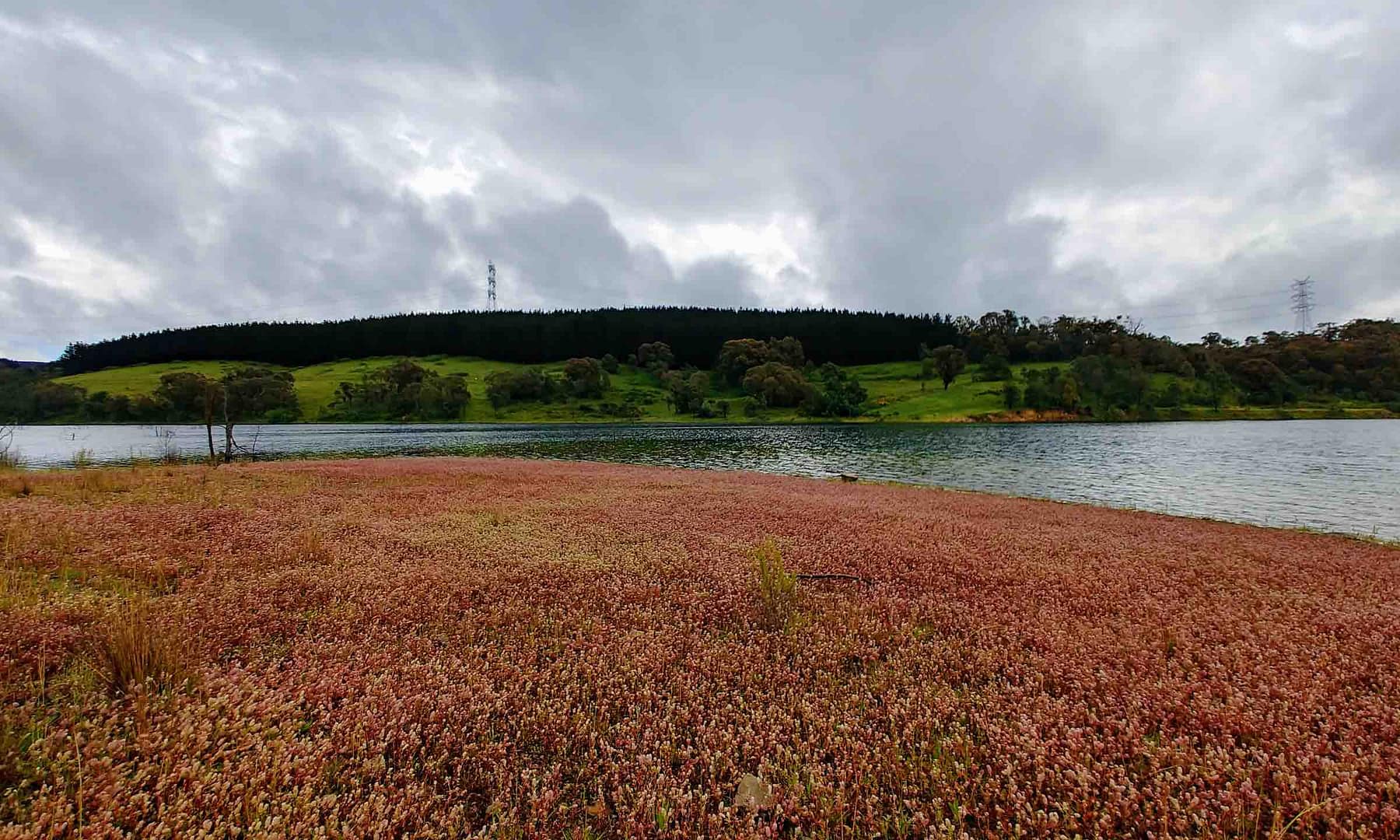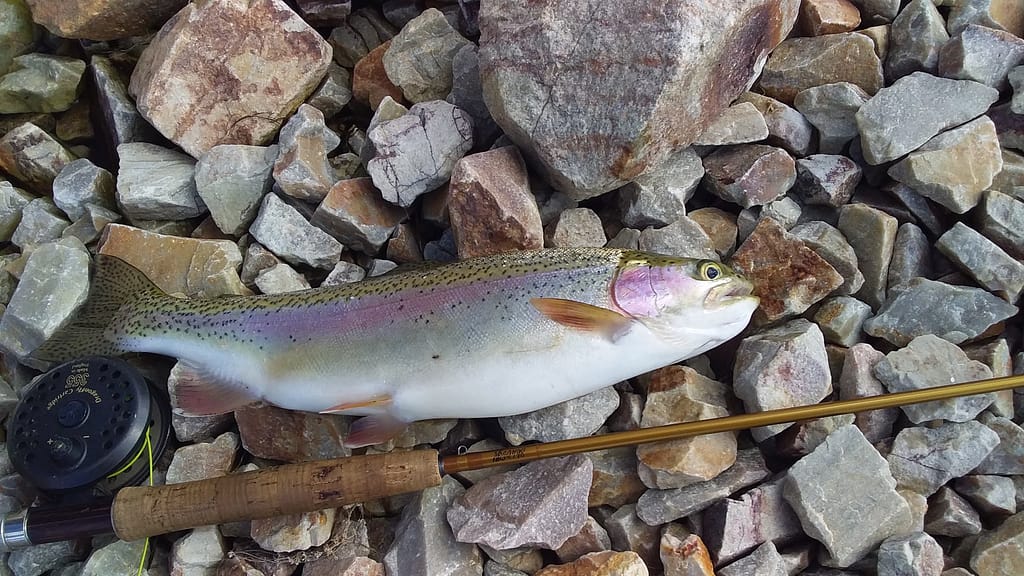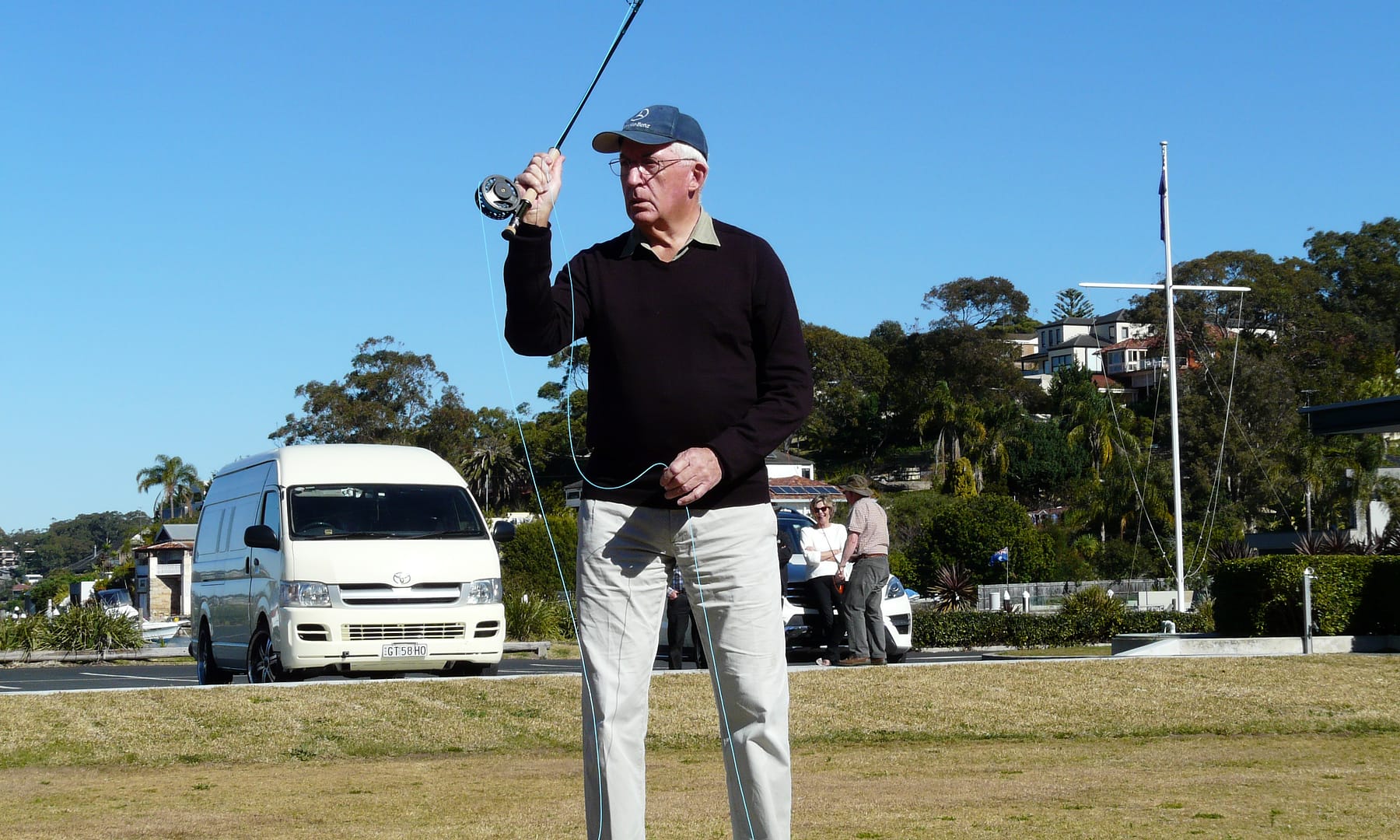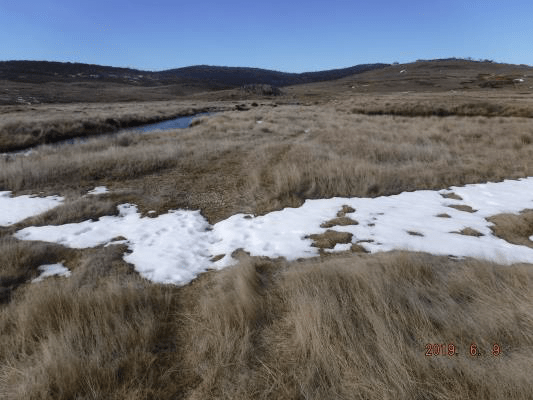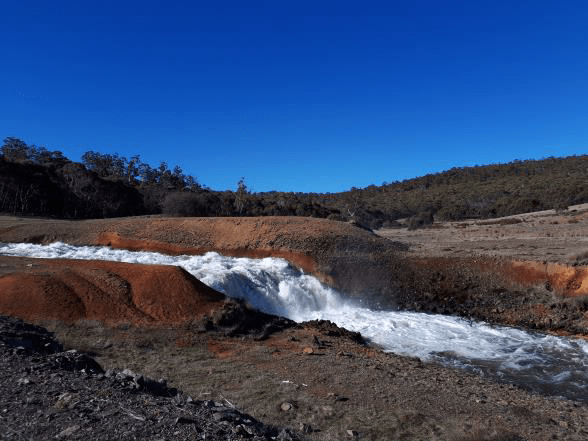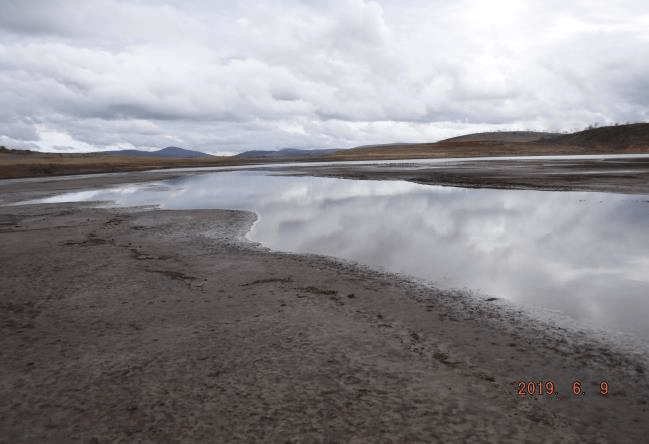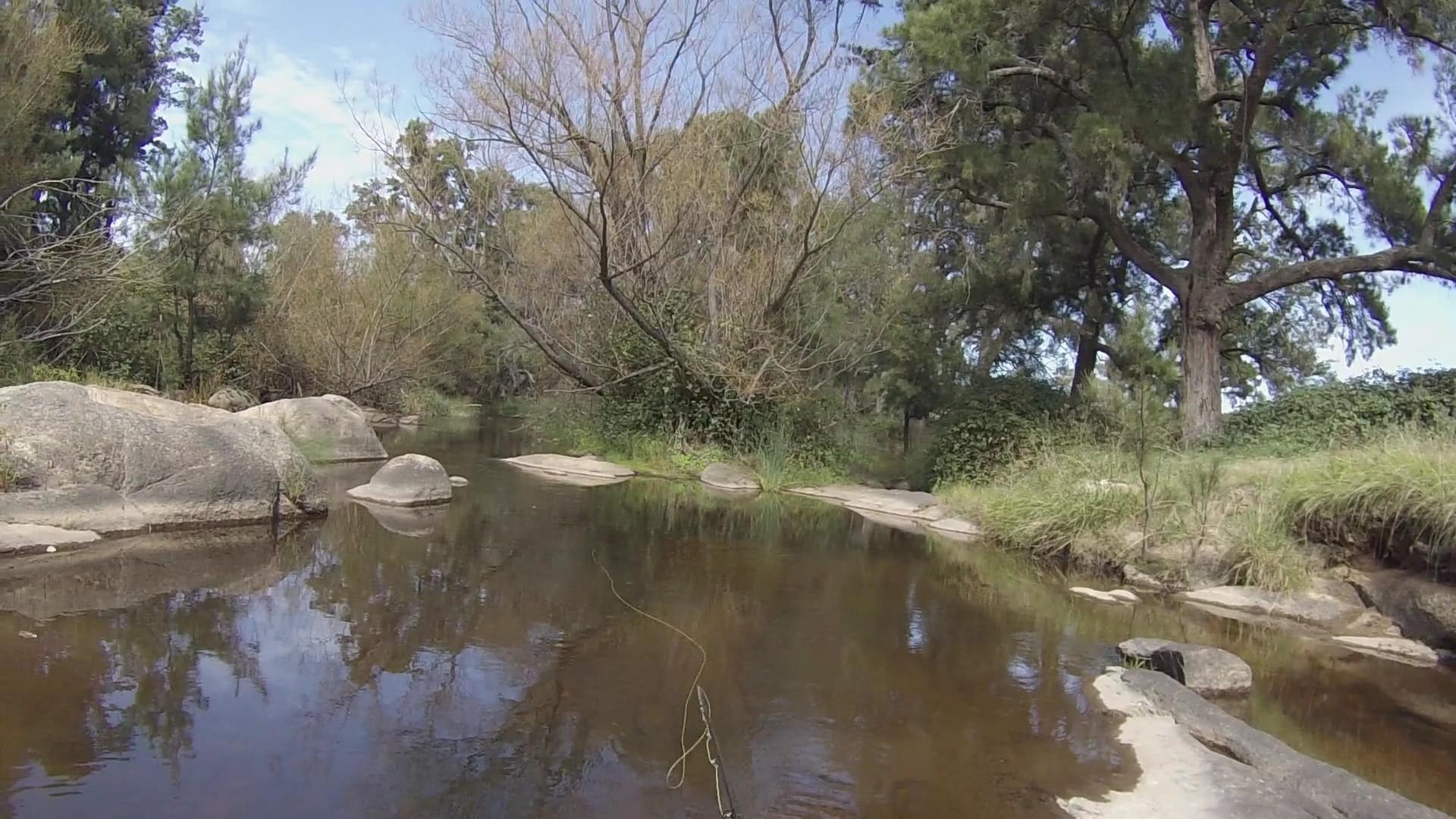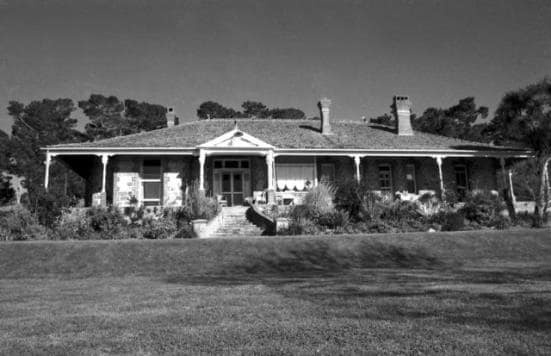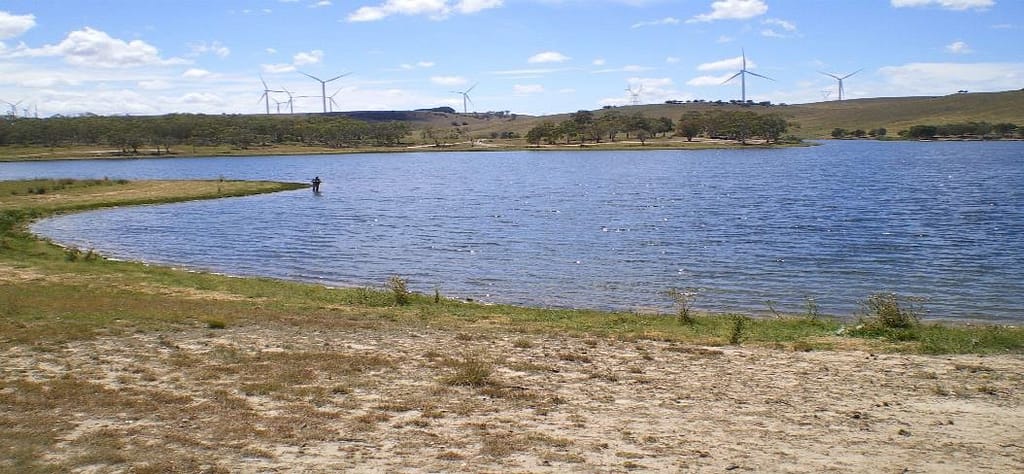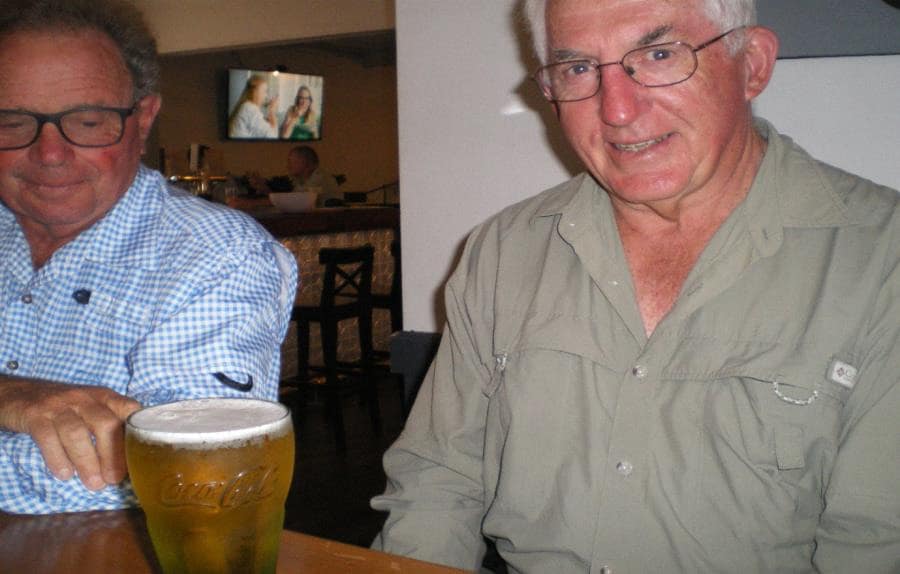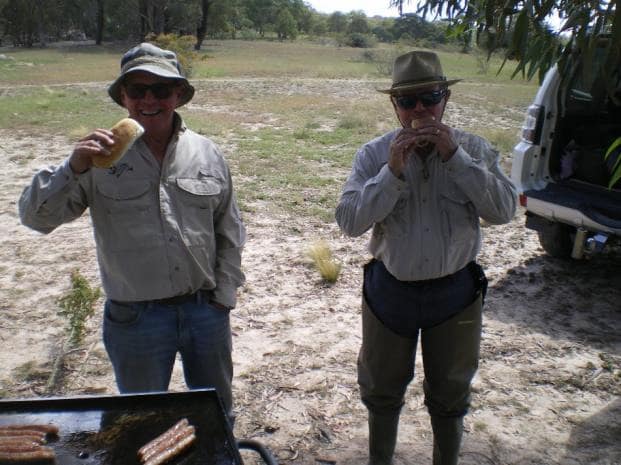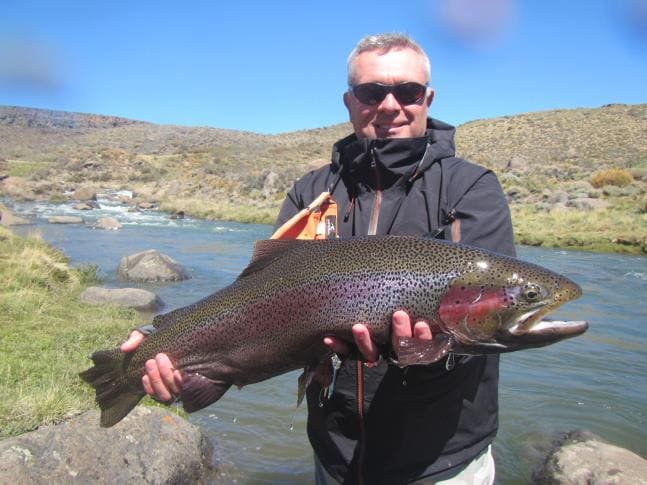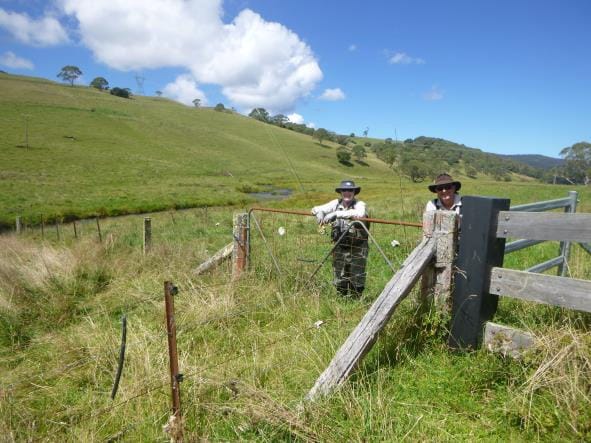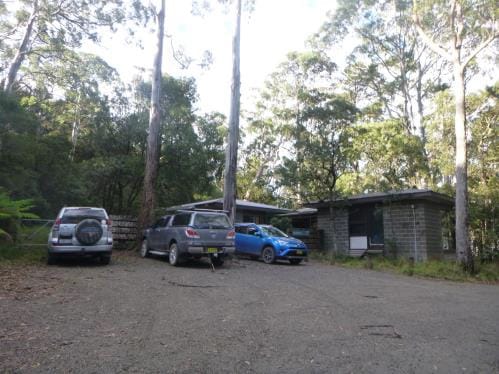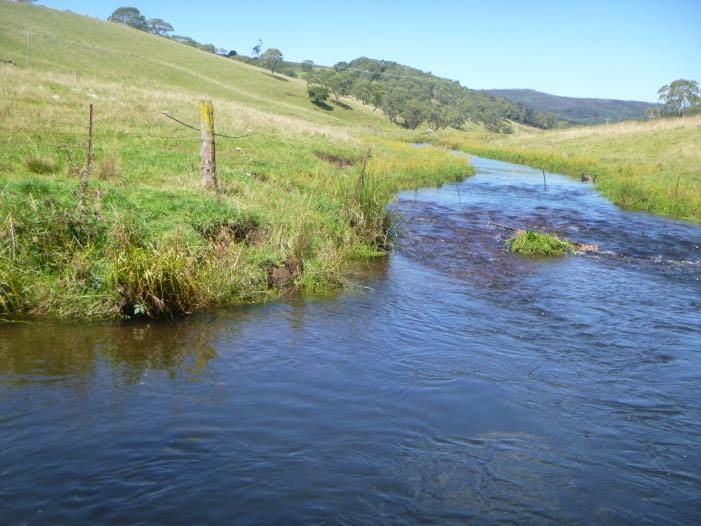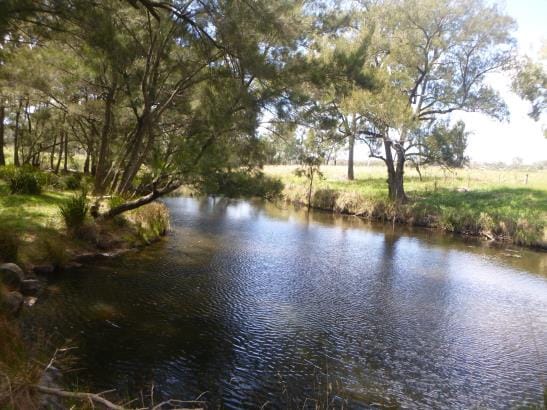My desire to hunt down untested waters thwarted my trip plan to explore the upper Cox’s river late in the season. Instead, a session on the NSW DPI angler access site led me south of Oberon to the Hollanders River and Jaunter Creek.
I find the angler access map more miss than hit. This is not so much because of a lack of effort by NSW DPI but due more to the efforts that landowners put in to restrict access, sometimes on public land. I had a few access points marked on my route, and today was no exception to the miss and hit rule.
First on the list was Hollanders river, blocked by a gate with ‘Private Property’, ‘You will be monitored by camera’ signs. The DPI site said this access point was on a public road, but maybe the public road was coming from a different direction, who knows.
Next stop, Jaunter creek. Despite there being plenty of water around, this creek was skinny and overgrown. Plus, there were fences on either side of the road, which effectively ruled out access from below the high water mark. Strike Two.
Third attempt was on the Tuglow River. Again, this access point was marked by DPI as being on a public road, and as far as I could tell, there was no other road leading to it, but guess what?
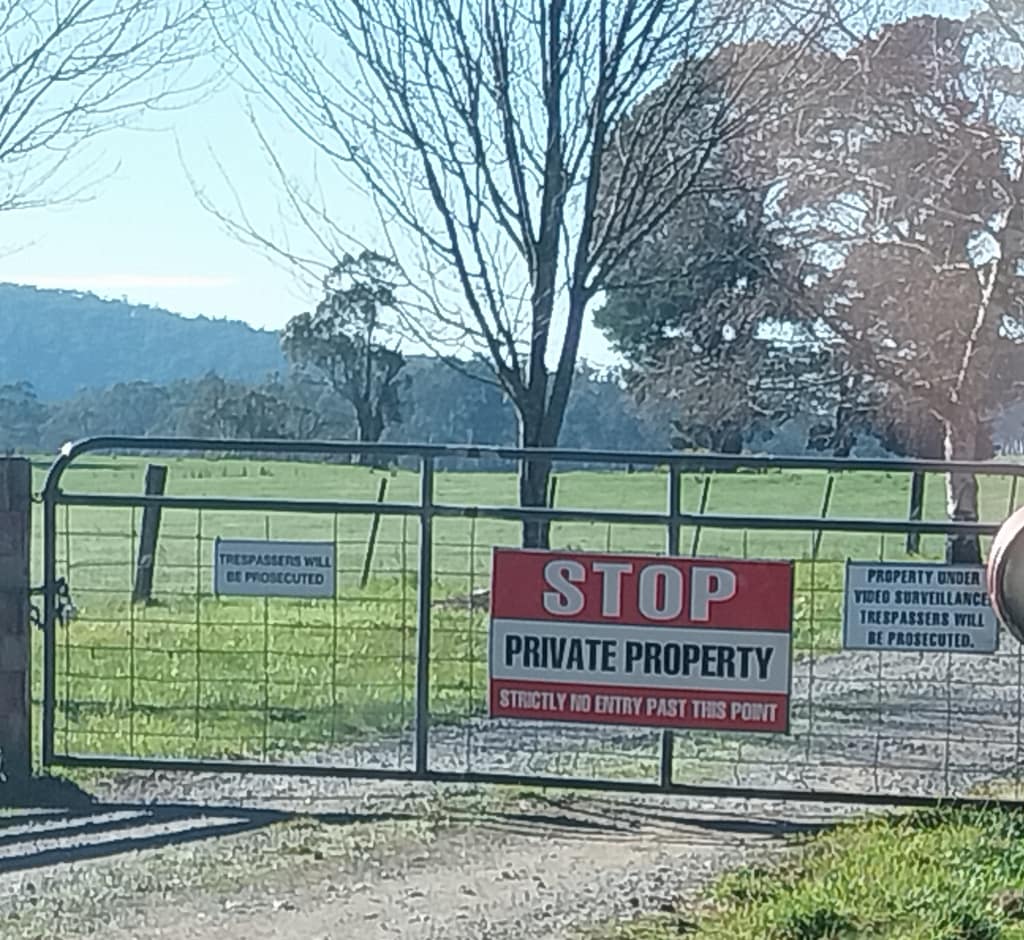
So after wasting the morning on those access points, I made for the Fish River. Getting down to the river took a bit of slipping and sliding down the hill while wrestling with blackberry bushes, but at least there was access. I walked downstream for 15 minutes and fished back up to the bridge.
The river was high and coloured and probably perfect for euro nymphing but I don’t have any of that setup. For me it was a pink jig nymph about two feet under a stimulator. I soon hooked a small rainbow in close to an undercut bank. I’d show you the triumphant photo, but it was at this point I realised I’d left the net in the car. So fishy slipped back into the water before I got the shot.
Here is the spot instead (undercut grassy bank on right).
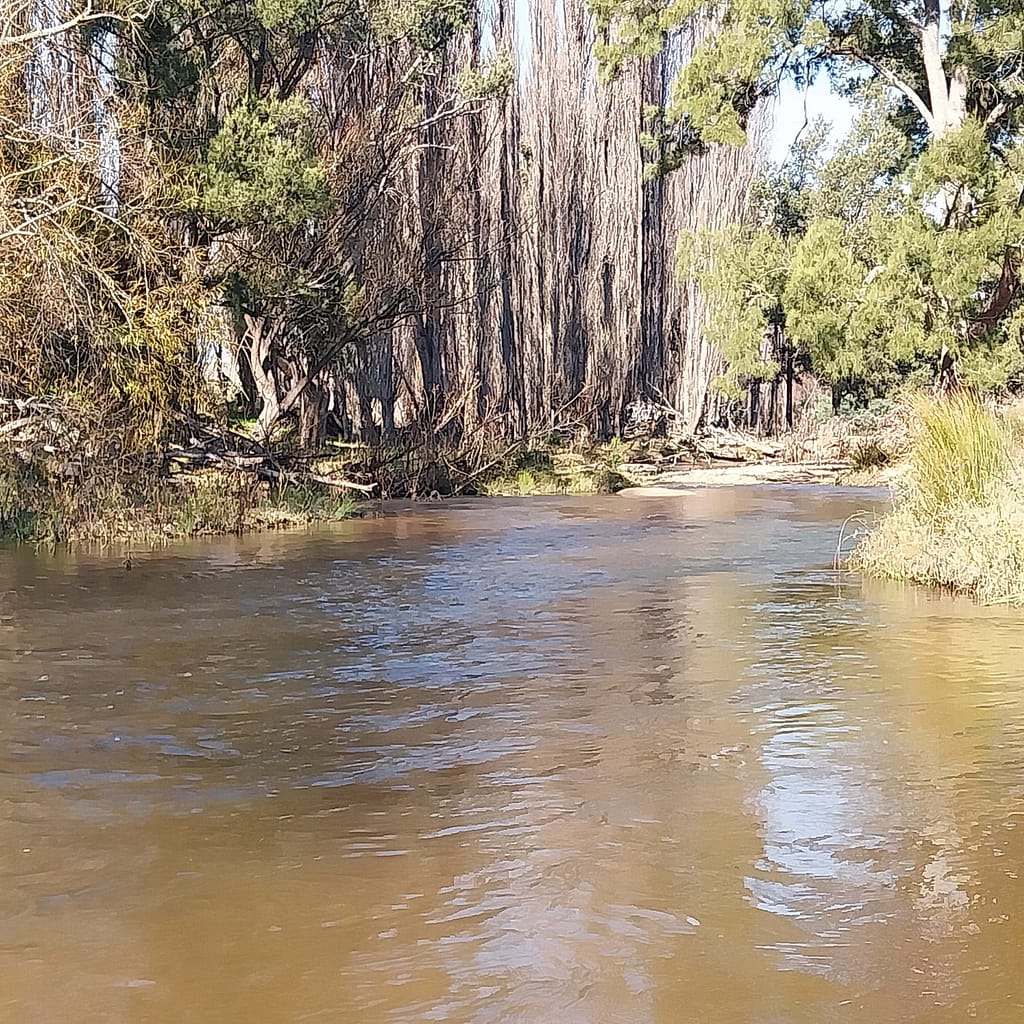
I cast the rest of the way upstream and hooked the next small rainbow in a pool within sight of the road bridge. I landed this one up on the bank to get proof this time.
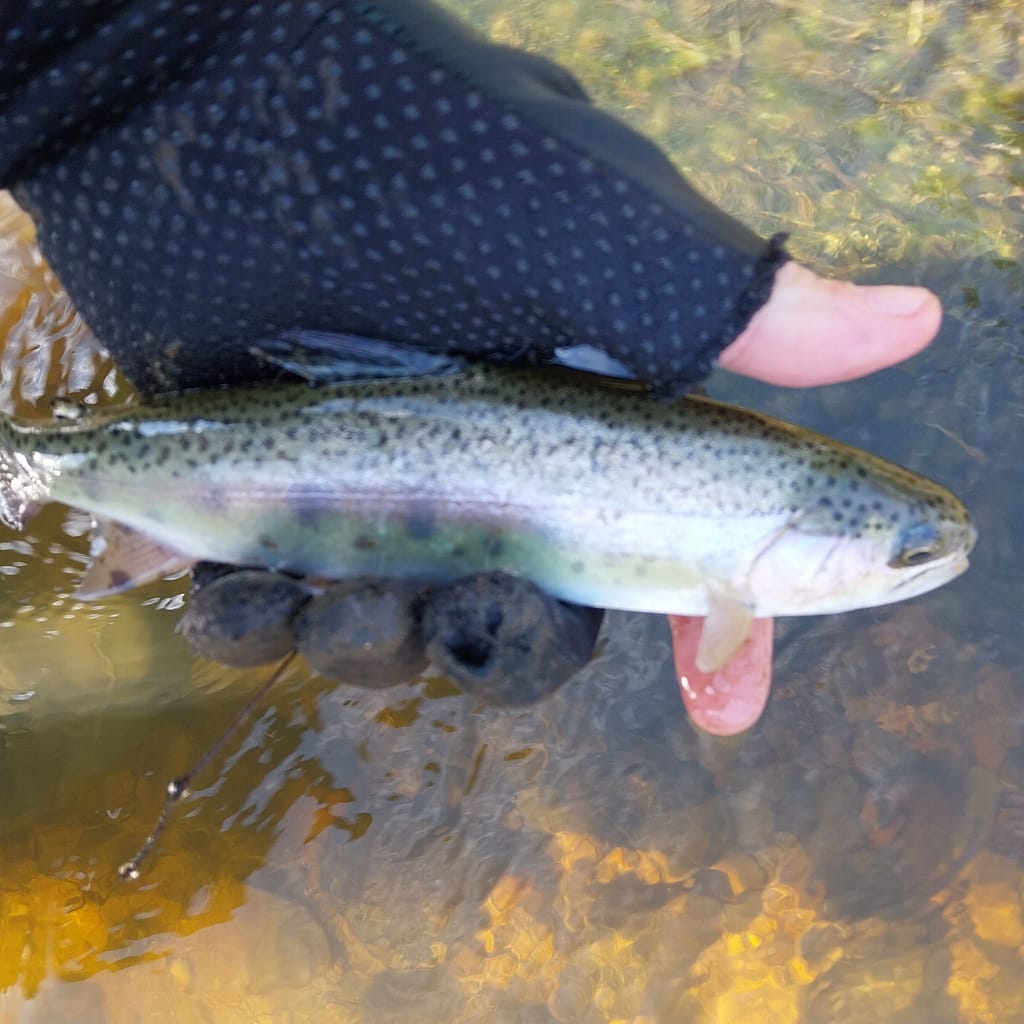

The Fish River redeemed my castless/fishless morning, but I was running out of time, so I started for home via the Cox’s River. It was getting on in the afternoon now, and I’d never caught a fish in here after 2pm. I’d put this down to the sun heating up the water too much during the hot summer afternoons, which is why I was keen to explore this stretch of the river late in the season with the water holding up cold.
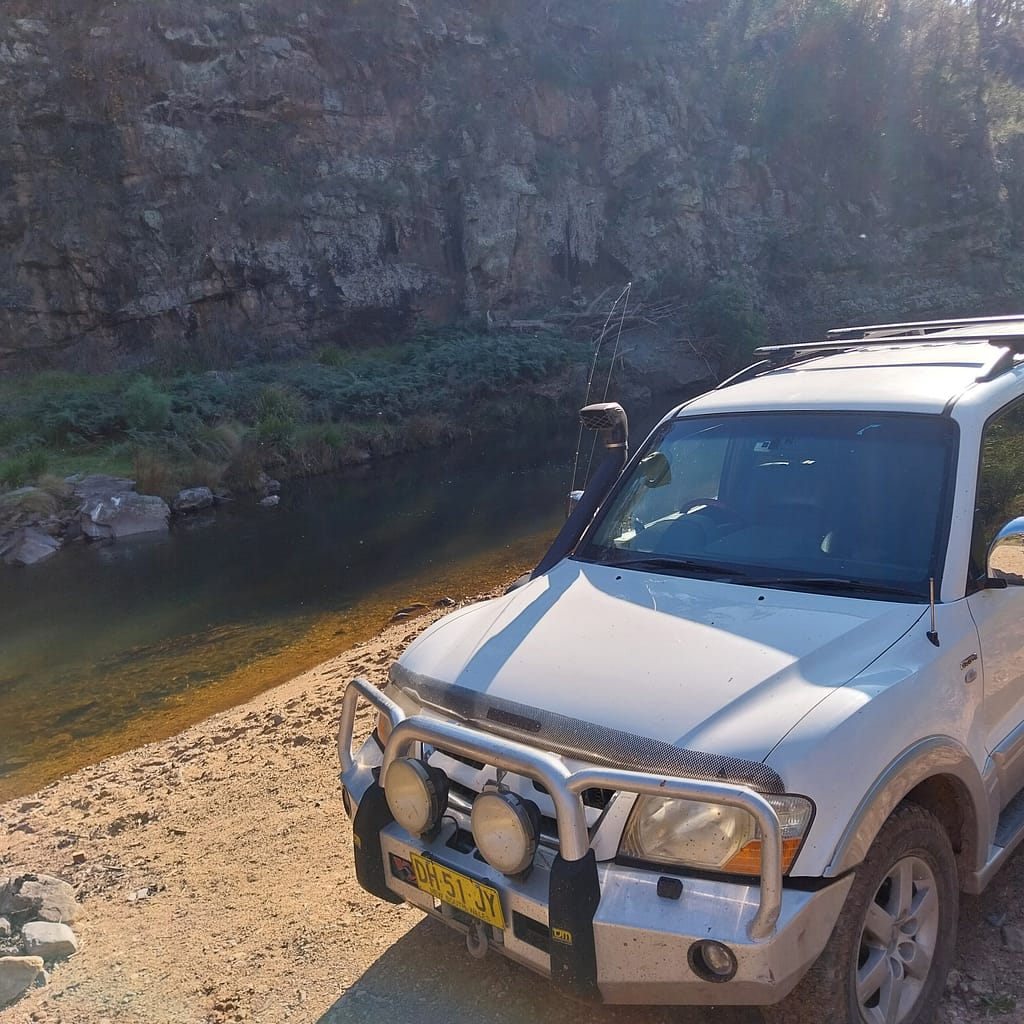
The river access and scenery along this stretch of the Cox’s is among the best of the central west, but the fishing can be tough. Today was no exception, with not a fish sighted, but plenty of casting practise sufficed. So much for my hot summer afternoon theory. Maybe the fish are Spanish stock and have a siesta at 2pm?
There was a fair bit more algae growth on the rocks than in past visits, which could be because of the runoff from Lake Wallace. The water temperature here was 13°c. Still a fair bit warmer than the Fish River was at 7°c (which, I can tell you from firsthand experience, if you don’t watch your footing in the water, is bloody freezing).
Turning over a rock, the nymphs here are closer to a size 16 or 18. My fly box is mostly size 14s, so I have since stocked some smaller nymphs. Maybe I will have one last foray into this area before season’s end, the view at least is worth it.
